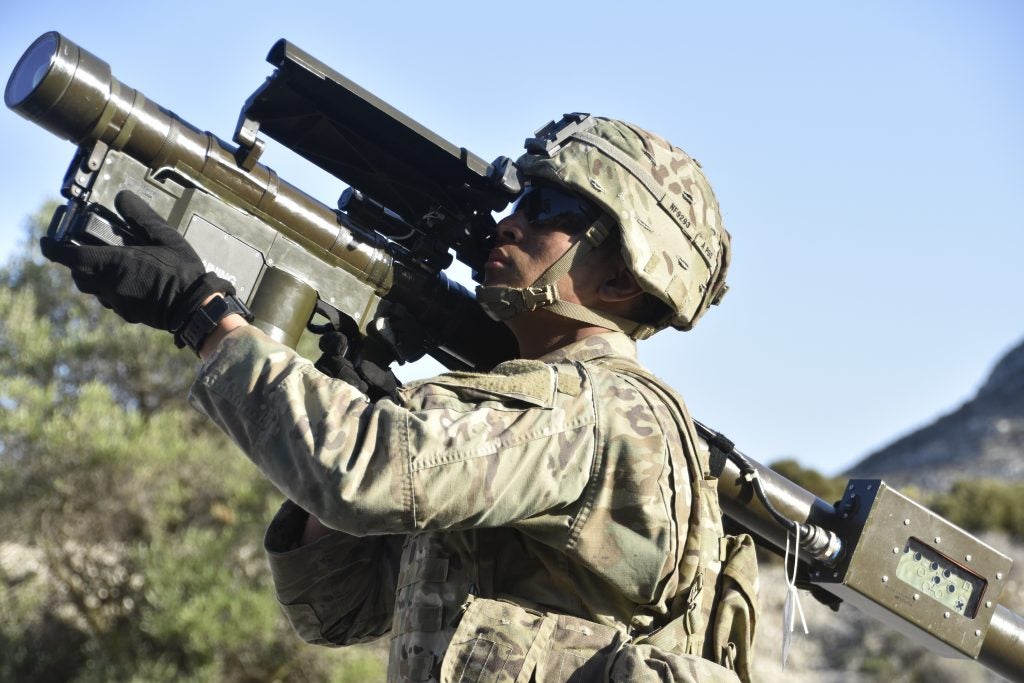US Army Testing Improved Stinger Missiles to Take On Drones
The US Army is reportedly close to investing in new improved Stinger missiles to meet a short range air defence requirement. The Cruise Missile Defense Systems Project Office is testing an improved proximity warhead which is capable of detonating in the vicinity of a target rather than impacting upon it.
The Army is examining the improved missiles for use against small, nimble targets such a drones. Both small and larger UAS drones are difficult to hit directly with a Stinger – which requires contact with the target for detonation. Instead the new warheads have a fuse which can be can be set to detonate close to targets.
General Dynamics developed the FIM-92 Stinger in the 1970s, and was introduced in 1981. The Man-Portable Air-Defense System uses infrared homing (or heat seeking) and has since seen combat in theatres around the world. It is in service currently with the US Navy, US Marine Corps and US Army with over 15,000 missiles believed to currently be in inventory.
A U.S. Marine Corps Instructor from 2nd Low Altitude Air Defense Battalion (2nd LAAD) explains how to fire an FIM-92 Stinger missile:
Cruise Missile Defense Systems Project Office’s site describes the new FIM 92 STINGER RMP BLOCK I as:
“the fourth generation STINGER missile, is an advanced, fire-and-forget, short-range, man-portable, air defense weapon system. It provides low-altitude defense for ground forces against attack or aerial observation by low-flying Unmanned Aerial Systems (UASs), cruise missiles, rotary and fixed-wing aircraft. STINGER is passive, emitting no signals, and employs an infrared (heat seeking) / ultraviolet seeker to guide to the target.”
According to Defense News the Cruise Missile Defense Systems Project Office demonstrated the new proximity warhead against free flying targets of various sizes at Eglin Air Force Base, Florida in August. The Army will now decide if an urgent materiel release adoption of the new proximity missiles is needed. The decision is expected in February 2019.

